Decorative Metalwork Techniques
There were many methods used to decorate and embellish ancient items ranging from delicate jewellery, impressive armoury and funerary objects to magnificent buildings and palaces. Each requiring a high level of skill and intricacy. Many techniques travelled across different civilisations and periods, modified slightly to the actual process and look for better precision or influences from current trends.
Granulation
Granulation is the method of producing small metal granules/ spherical shapes and fusing them in a decorative pattern such as in rows, different shapes and different sizes. Many pieces of ancient jewellery were embellished with this technique, especially with high karat gold. The earliest form of granulation that has been found is from a Mesopotamian tomb, circa 2500 BC. The technique is said to have spread across different cultures including Anatolian and Etruscan which in turn lead to the Greeks.
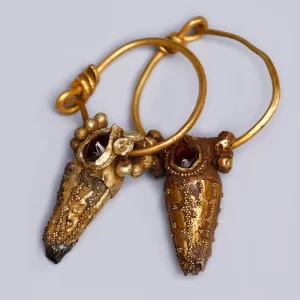
Pliny the Elder describes the gold to have been dug up from the earth and Chrysocolla, The Naturalis Historia, XXXIII.2, meaning gold glue referring to granulation.
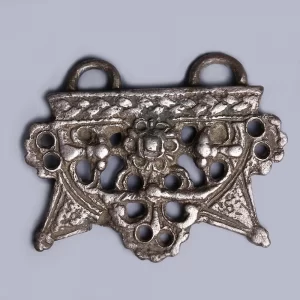
Gilding
Gilding was a common method used to make items appear more expensive, it is the application of a precious metal sheet, such as gold, used to cover an object produced from less expensive metal. Many ancient civilisations used this technique, for example in Egyptian tombs many funerary offerings are gilded in gold leaf. During the Hellenistic era, the Greeks favoured the process of firing with mercury amalgam to cover temples and statues.
Homer mentions in The Odyssey that craftsmen trained by Hephaestus and Athena would finish their works of art by overlaying silverware with gold, Book VI.232. The method was also very popular within the Roman empire with enriching public and private temples. Gilding was favoured among smaller items too, for example jewellery as it became more affordable but visually gave the impression of nobility and upper class.
Filigree
Filigree is used on jewellery or small items and consists of delicate and intricate metalwork, typically silver or gold, to further enrich the item. Designs frequently involve twisted wire and small beads soldered together forming different motifs and patterns. The earliest examples of filigree can be seen during the Mesopotamian period 3000 BC especially in the city Midyat.
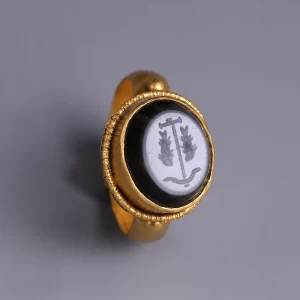
Although the technique was utilised across many civilisations, it was at its peak popularity and adroitness with the Greeks and Etruscans during the 6th – 3rd century BC. Filigree was still popular even in the Medieval periods, filigree together with precious stones and enamels would enhance jewellery such as clothing fasteners, brooches and rings.
Repoussé and chasing
Repoussé and chasing are different hammering techniques used to create a design in metal and which can be used individually or together. Repoussé involves hammering the item from the reverse producing a raised design in low relief whilst chasing is creating the pattern by hammering into the item from the front. Many different metals can be used ranging from gold and silver to bronze and steel. During the Bronze Age in the Middle East, 3rd millennium BC, hammering materials was a common technique for decorating pieces. The patterns were created using wooden tools or the force of hammering wax or lead. Over the years and civilisations, this method was adapted, for example during the Egyptian Amarna period, resin and mud were used as the backing and during the Hellenistic period the Greeks would use beeswax as the filler in the repoussé. Many funerary pieces such as Tutankhamen’s mummy mask were enriched with this practice and it was also widely used across ancient armoury.
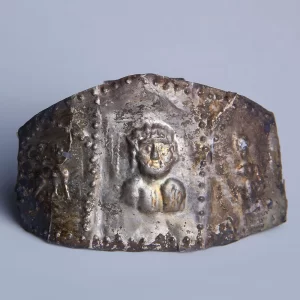
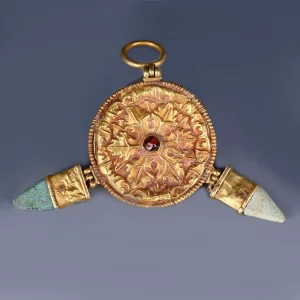
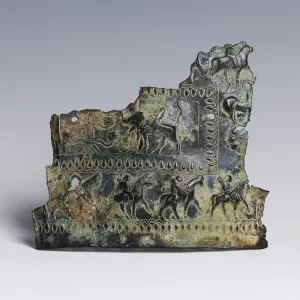
Filed under: Decorative Techniques Tags: , Ancient Art, Ancient Jewellery
Comments: Comments Off on Decorative Metalwork Techniques